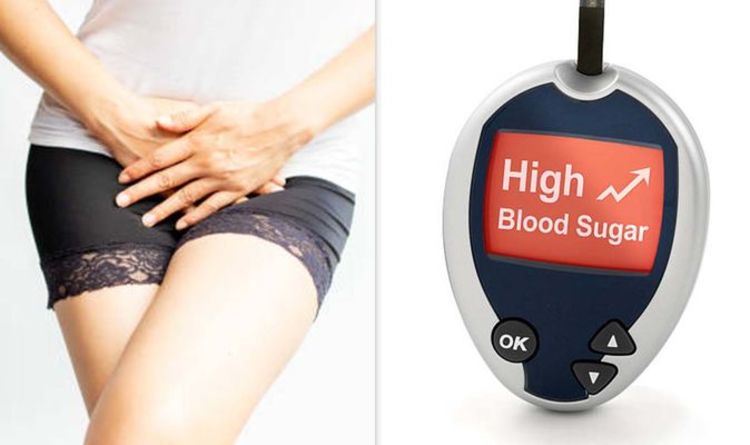Type 2 diabetes can be a 'devastating diagnosis' says expert
We use your sign-up to provide content in ways you’ve consented to and to improve our understanding of you. This may include adverts from us and 3rd parties based on our understanding. You can unsubscribe at any time. More info
The health body warns that symptoms of hyperglycaemia can also be caused by undiagnosed diabetes, so see a GP if this applies to you. Your blood sugar levels, also known as blood glucose levels, are a measurement that show how much glucose you have in your blood. Hyperglycaemia is not the same as hypoglycaemia, which is when a person’s blood sugar level drops too low.
The NHS says that symptoms of hyperglycaemia in people with diabetes tend to develop slowly over a few days or weeks, though “in some cases, there may be no symptoms until the blood sugar level is very high”.
Symptoms of hyperglycaemia, according to the health service, “include recurrent infections, such as thrush, bladder infections (cystitis) and skin infections”.
The University of Michigan health site says: “High blood sugar from diabetes can affect the body’s immune system, impairing the ability of white blood cells to come to the site of an infection, stay in the infected area, and kill microorganisms.
“Because of the buildup of plaque in blood vessels associated with diabetes, areas of infection may receive a poor blood supply, further lowering the body’s ability to fight infections and heal wounds.”
READ MORE: B12 deficiency symptoms: The ‘unexplained’ sign on your foot that can be a ‘red flag’

The site notes that foot infections are “common” in people who have high blood sugar from diabetes.
“Nerve damage (neuropathy) combined with poor blood supply to the feet puts people who have high blood sugar from diabetes at high risk for infected foot ulcers,” it explains.
It also says that people with high blood sugar from diabetes can be more severely affected by common infections, such as pneumonia, which is why jabs are often recommended for people who have diabetes.
People with diabetes are strongly encouraged to get the coronavirus vaccine, as they are vulnerable to developing a severe illness if they do get coronavirus.
Other symptoms of hyperglycaemia include increased thirst and a dry mouth, tiredness, blurred vision, unintentional weight loss and tummy pain.
The Mayo Clinic says that if your blood sugar level is too high, you may experience several symptoms around your mouth.
Indeed, you may find that you have a fruity breath odour or a very dry mouth.
Diabetes UK says: “Your blood sugar levels go up and down throughout the day and for people living with diabetes these changes are larger and happen more often than in people who don’t have diabetes.”

Hyperglycaemia can affect people with type 1 diabetes and type 2 diabetes, as well as pregnant women with gestational diabetes.
In people with diabetes, hyperglycaemia can be triggered by things like stress, being ill, not getting enough exercise or eating too much.
The NHS notes that if you have diabetes, “no matter how careful you are, you’re likely to experience hyperglycaemia” at some point.
It adds: “Occasional mild episodes are not usually a cause for concern and can be treated quite easily or may return to normal on their own.”
Diabetes UK says that if you take certain medication, like insulin or sulphonylureas, checking your blood sugars is a “vital part of living with diabetes”.
It adds that routine checks can help you know when you might be starting to go too low, called a hypo, or too high, called a hyper.
The charity adds that more and more people with diabetes are choosing to use a flash glucose monitor to check their sugar levels, which is a sensor you wear on your skin and that you don’t have to prick your finger to use.
Diabetes UK says: “Hyperglycaemia, or a hyper, can happen when your blood glucose (sugar) levels are too high – usually above 7mmol/l before a meal and above 8.5mmol/l two hours after a meal.”
Source: Read Full Article



